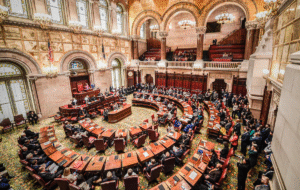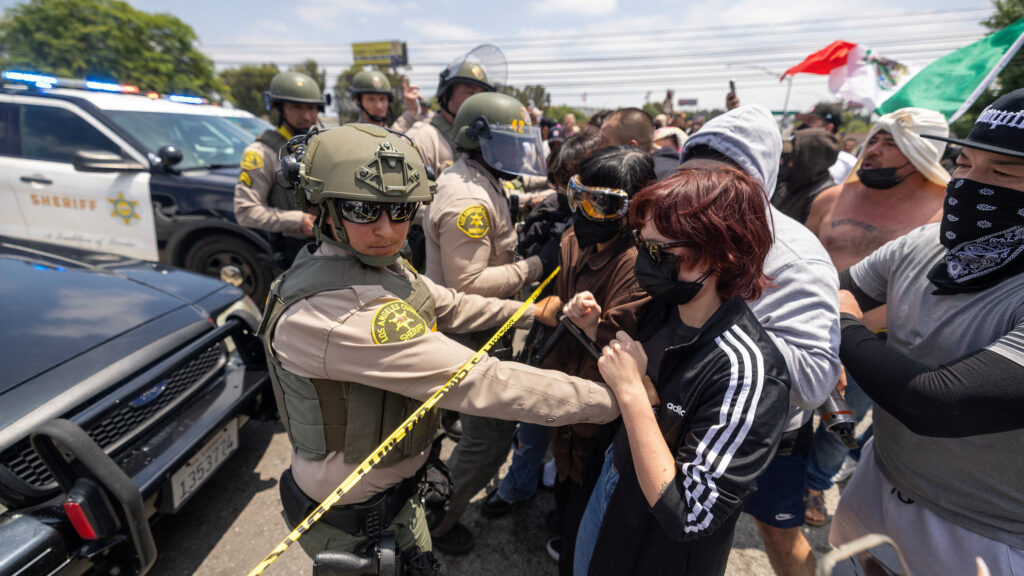The Poisoned Well: Exploring the Horrors and Humanity of Netflix’s “Toxic Town”
Unveiling an Idyllic Facade: The Slow Creep of Contamination
Netflix’s “Toxic Town” plunges viewers into the harrowing reality of a decades-long environmental disaster and its devastating impact on a close-knit community. While fictionalized, the series draws chilling parallels to real-world tragedies, serving as a potent reminder of corporate negligence, governmental failures, and the enduring strength of human resilience in the face of unimaginable suffering. Through its unflinching portrayal of physical ailments, social fragmentation, and the arduous fight for justice, “Toxic Town” becomes a compelling, albeit deeply unsettling, exploration of the true cost of unchecked industrialization. The series masterfully establishes the idyllic facade of the town before slowly peeling back the layers to reveal the insidious poison seeping into its very core. The early episodes paint a picture of a seemingly normal community, where families thrive and neighbors support each other. However, subtle hints of unease begin to surface – unexplained illnesses, unusual birth defects, and a growing sense of something being fundamentally wrong. This gradual descent into awareness mirrors the real-life experiences of communities grappling with environmental contamination, where the initial signs are often dismissed or ignored until the scale of the crisis becomes undeniable.

The Devastating Human Cost: Physical and Emotional Scars
One of the most impactful aspects of “Toxic Town” is its unflinching depiction of the human cost of the pollution. The series doesn’t shy away from showing the physical deformities, chronic illnesses, and premature deaths that plague the residents. These visceral portrayals serve as a stark indictment of the corporation responsible and the systemic failures that allowed the contamination to persist. The emotional toll on individuals and families is equally devastating, as they grapple with fear, grief, and the erosion of their sense of security and well-being. The series powerfully illustrates how environmental disasters are not abstract events but deeply personal tragedies that shatter lives and communities.
Social and Political Fallout: Power Imbalances and Betrayal
Beyond the immediate health crisis, “Toxic Town” delves into the complex social and political ramifications of such a disaster. The series highlights the power imbalances between the corporation, with its vast resources and legal teams, and the affected community, often lacking the knowledge, organization, and financial means to effectively fight back. The initial denial and obfuscation from the responsible parties, coupled with the slow and often inadequate response from regulatory bodies, further exacerbate the suffering and fuel the community’s sense of betrayal. The series poignantly portrays the internal divisions that can arise within a community under such immense pressure, as suspicion, blame, and differing opinions on how to proceed create further rifts.
Resilience in the Face of Adversity: The Fight for Justice
However, amidst the darkness and despair, “Toxic Town” also shines a light on the remarkable resilience and unwavering determination of the affected individuals. The series showcases the emergence of community leaders, ordinary people who rise to the occasion, driven by a fierce desire for justice and accountability. Their tireless efforts to gather evidence, organize protests, and demand answers in the face of powerful opposition form a compelling narrative of collective action and the enduring human spirit. The series underscores the importance of community solidarity and the power of individuals coming together to fight for their rights and the health of their environment.
Ethical Crossroads: Navigating Moral Choices within a Flawed System
Furthermore, “Toxic Town” subtly explores the ethical dilemmas faced by individuals caught in the crossfire. Employees of the polluting corporation, local officials torn between loyalty and duty, and even scientists grappling with conflicting information are portrayed with a degree of nuance, highlighting the complexities of navigating moral choices within a flawed system. This multi-layered approach prevents the series from becoming a simplistic tale of good versus evil, instead offering a more nuanced understanding of the systemic failures that contribute to such tragedies.
A Stark Reminder: The Urgent Need for Environmental Justice
In conclusion, “Toxic Town” is a powerful and timely web series that serves as a chilling reminder of the devastating consequences of environmental negligence. Through its unflinching portrayal of human suffering, social fragmentation, and the arduous fight for justice, the series compels viewers to confront uncomfortable truths about corporate accountability and the responsibility of governments to protect their citizens. While the narrative is rooted in fictionalized events, its resonance with real-world environmental disasters makes “Toxic Town” a vital and thought-provoking piece of storytelling that underscores the urgent need for vigilance, regulation, and unwavering advocacy for environmental justice. The poisoned well of the series becomes a potent metaphor for the long-lasting and far-reaching damage that can be inflicted upon communities when profit takes precedence over people and the planet.




















